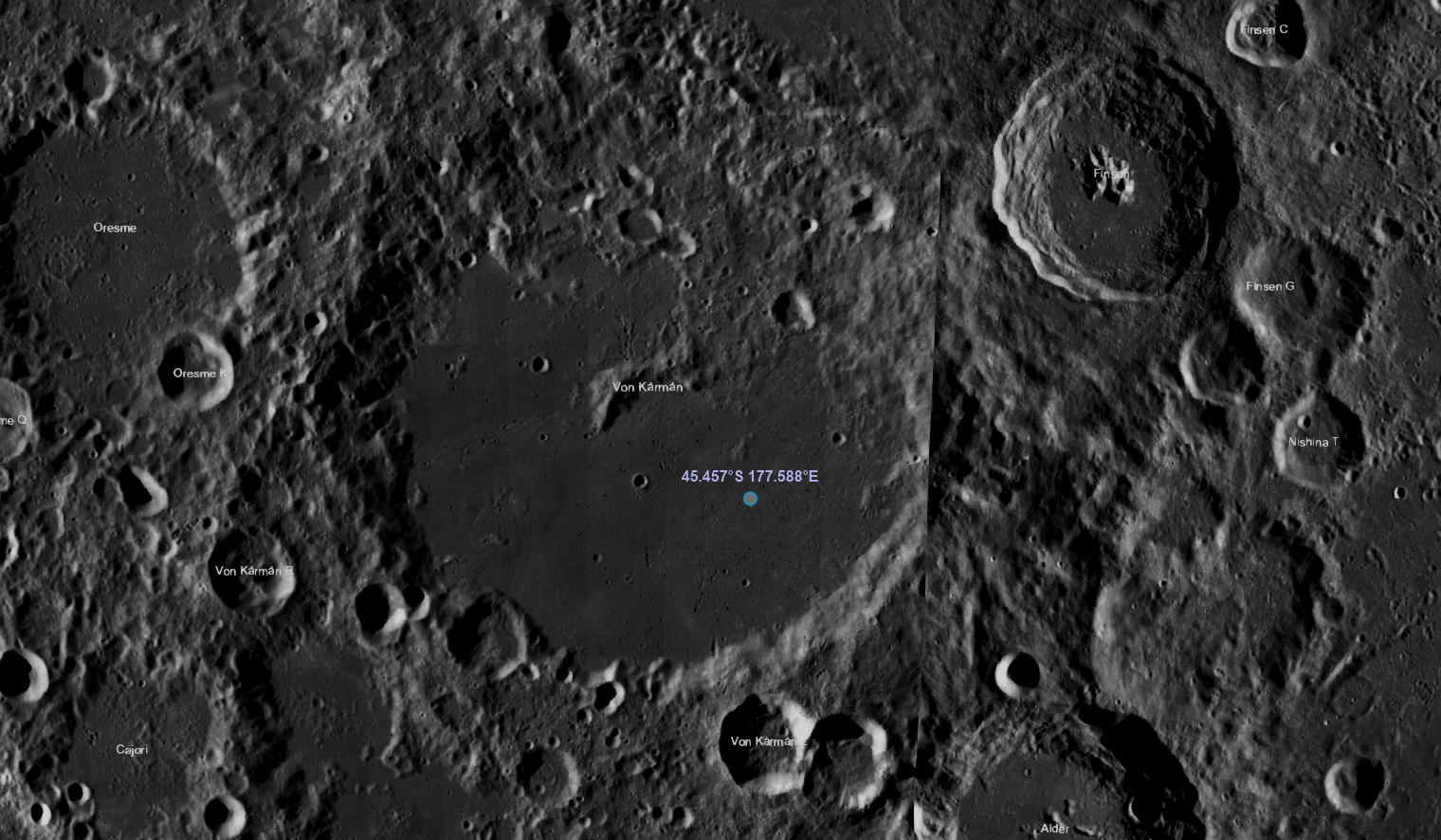Media Release
From: Springer NatureMantle material on the far side of the Moon
Measurements from China’s Chang’E-4 mission to the far side of the Moon suggest the presence of material from the lunar mantle at the landing site. The findings, published in Nature this week, could provide insights into the composition of the Moon’s mantle.
The detailed structure of the Moon’s mantle has eluded investigators for years and, in order to solve this problem, attention has focused on impact craters. It is thought that the events leading to their creation may have penetrated the crust into the lunar interior, excavating parts of the mantle and distributing them on the surface. The oldest and largest of these craters is the South Pole-Aitken basin, located on the far side of the Moon.
Chang’E-4 touched down in the Von Karman crater on 3 January 2019 and deployed the Yutu-2 rover to explore the South Pole-Aitken basin. Now, Chunlai Li and colleagues present the initial observations from Yutu-2’s Visible and Near Infrared Spectrometer. The authors observed differences between the spectral data that they obtained and those of typical lunar surface material. From this, they inferred the presence of low-calcium pyroxene and olivine minerals, which may originate from the upper mantle, on the surface. The authors argue that this material was excavated from below the South Pole-Aitken basin floor by the nearby Finsen impact crater event.


